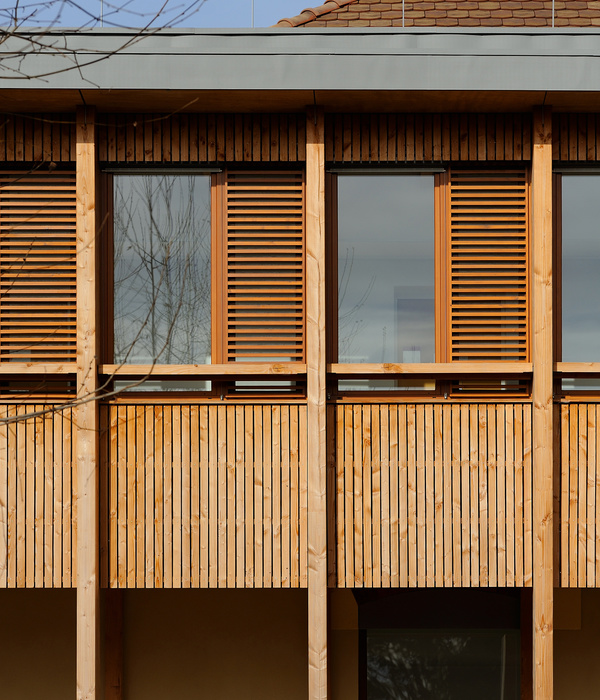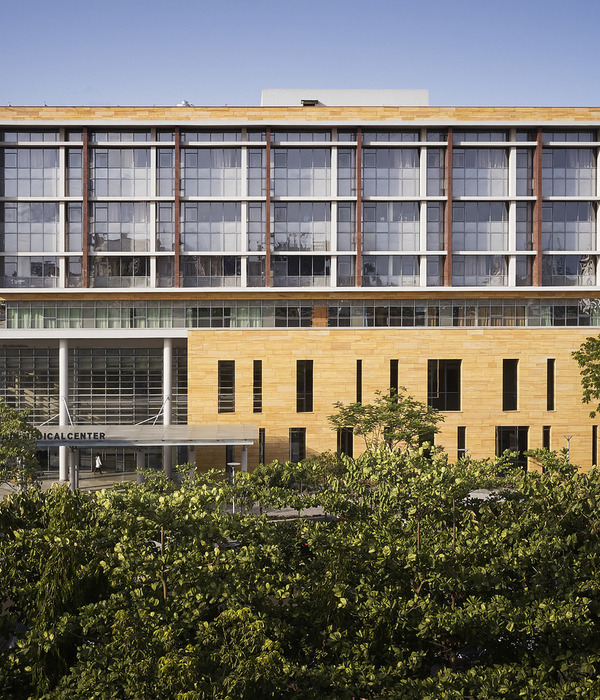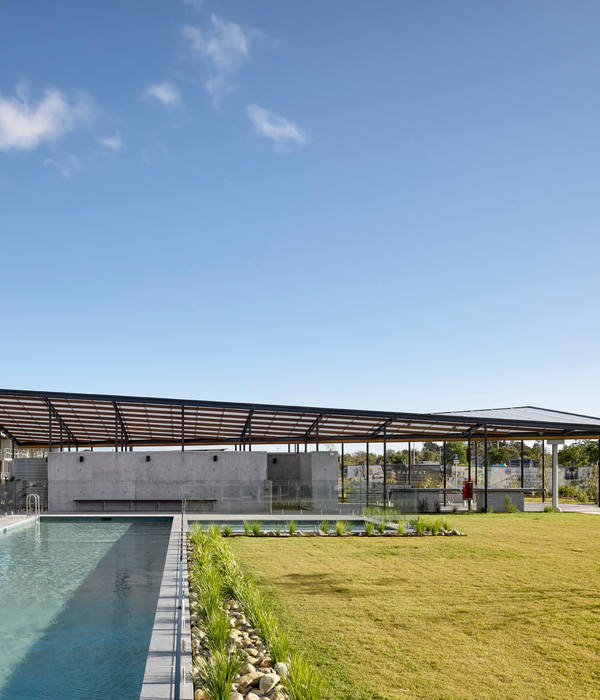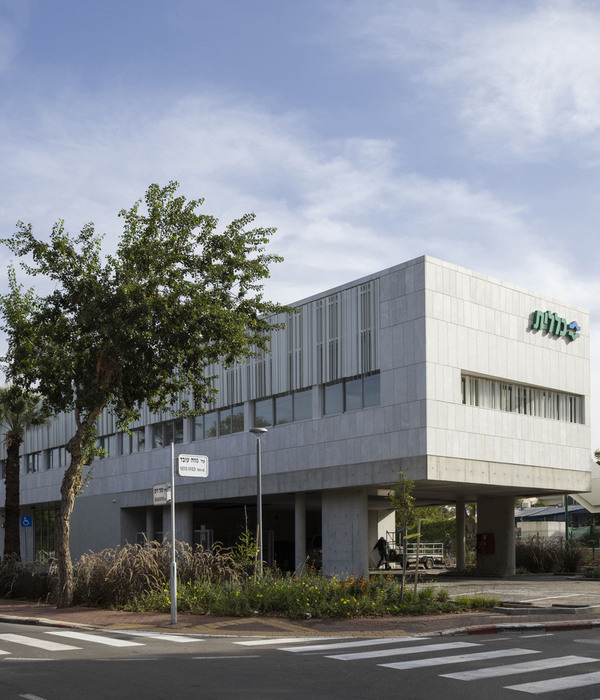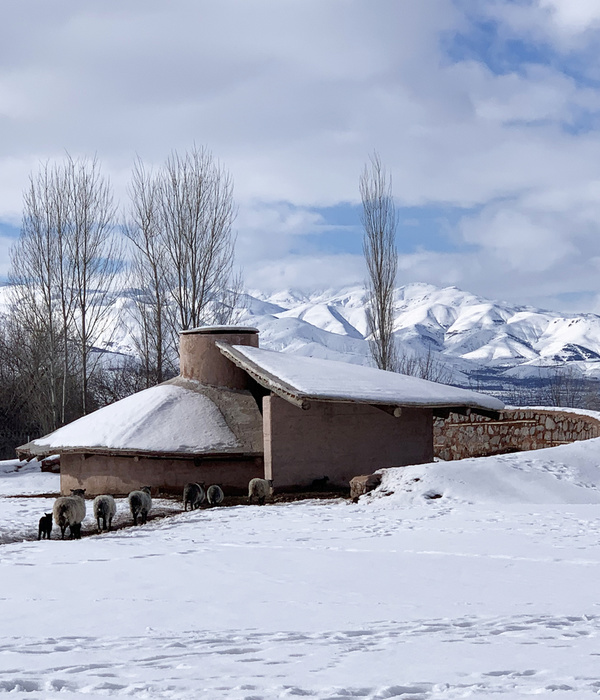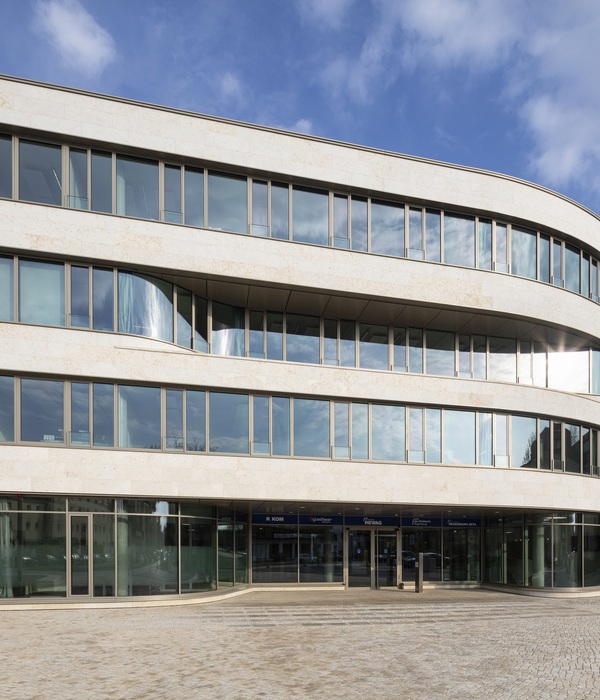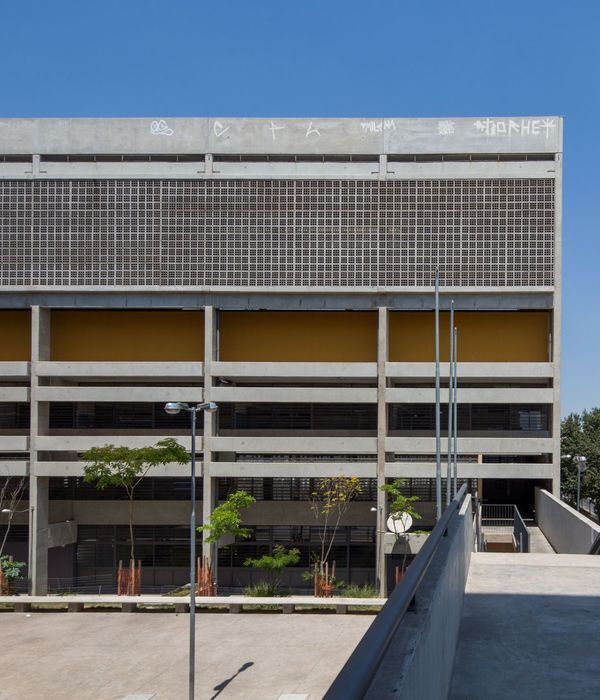Located on the banks of the Huangpu River in Shanghai’s West Bund, Tank Shanghai converts five abandoned aviation fuel tanks and their surroundings into a new type of contemporary art and cultural center seamlessly combining art, nature and urban life. Integrated into the urban landscape with an unprecedented attitude of openness, accessibility and humility, Tank Shanghai transforms containers of fuel into containers of culture while paying tribute to the site’s industrial past.
Tank Shanghai establishes an innovative new paradigm in which a contemporary art and cultural center simultaneously serves as a vibrant public park. Visitors are first attracted by the park’s open and welcoming character—its tall grasses, trees, water features, and wildlife—and then discover the exhibition and event spaces intertwined within and underneath the landscape. The inclusion of the park as a central part of the project’s design is a gesture embodying Tank Shanghai’s identity as an open and ever-changing institution—a sanctuary for people and nature, and a social equalizer that attracts and generously accommodates those from all walks of life.
Central to both the project’s architectural and landscape design is a Z-shaped “Super-Surface”—a new “ground” above which are undulating parklands that weave in between the tanks, and below which are free-flowing indoor public spaces that connect the tanks to one another from beneath while providing back-of-house services. Alongside and in places merged with the Super-Surface through careful manipulation of the site’s topography, two open plazas and an Urban Forest (partially finished) weave greenery, a pond and stepped waterscape, detached smaller galleries, and public artworks together across the site. This rich natural and cultural landscape brings new life to the typical museum experience, allowing people to move freely between Nature and Art. Stretching across the site from the Huangpu River to Longteng Avenue, the park also opens up a formerly inaccessible stretch of the riverfront to the public and extends the activity space of both the street and the cultural center down to the water’s edge.
The design strategy underlying the interior redevelopment of the five tanks within the park varies widely—five formerly uniform tanks now serve a diverse and dynamic blend of programs within the open public park formed by the Super-Surface. Tank 1—a live-house and bar— contains a second, drum-shaped inner tank whose curving walls enclose and improve the acoustics of the music events within. Tank 2—a restaurant—contains a circular central courtyard and decked roof for alfresco dining and river vistas. Tank 3, intentionally empty but with a large oculus on top, offers a unique domed exhibition space for larger contemporary artworks and installations, while Tank 4 includes three levels of art galleries and a public terrace. In contrast to Tank 2, whose courtyard is subtractive, Tank 5 features an additive rectangular volume passing through its body, forming two stages on either end. Facing the granite-paved Urban Plaza and Event Plaza lawn respectively, these stages will be used as venues for festivals and other performance events.
Confronted with the unique challenges of transforming the decommissioned aviation fuel tanks and surrounding site, OPEN employed a simple yet bold Land Art strategy for the project’s exterior, and sophisticated and program-specific spatial strategies for the project’s interiors. Taken together, the two weave Art, Architecture and Landscape into a synthetic whole, celebrating the birth of a new urban art institute which accommodates unprecedented diversity in Art and audiences alike.
Design Year: 2013-2019 Client: Shanghai West Bund Development Group + Tank Shanghai Program: Art Galleries, Event Spaces, Restaurant, Café, Live Music Club, Museum Offices and Art Storage Building Area: 10,845 m² Site Area: 47,448 m² Location: West Bund, Xuhui District, Shanghai
CREDITS
Architects: OPEN Architecture Principal-in-Charge: LI Hu, HUANG Wenjing Project Team: YE Qing, LUO Ren, Victor QUIROS, ZHOU Tingting, CHEN Xiuyuan, LI Zhentao, ZHAO Yao, LU Di, JIA Han, ZHANG Yiwen, Steven SHI, ZHOU Xiaochen, HUANG Zhonghan, Laurence CHAN, Cynthia Yurou CUI, YANG Qi, GE Can, GAO Qi, Stephanie LEE, JIN Boan, ZHANG Hao, WANG Mangyuan, YAN Dihua, ZHANG Chang, Tomas KOWALSKY, JIANG Simin Local Design Institute: Tongji Architectural Design Group Landscape Design: Beijing EDSA Orient Planning & Landscape Architecture Co., Ltd. Lighting Consultant: Shanghai Ming Chi Architecture and Engineering Co., Ltd. Photography: WU Qingshan
{{item.text_origin}}

